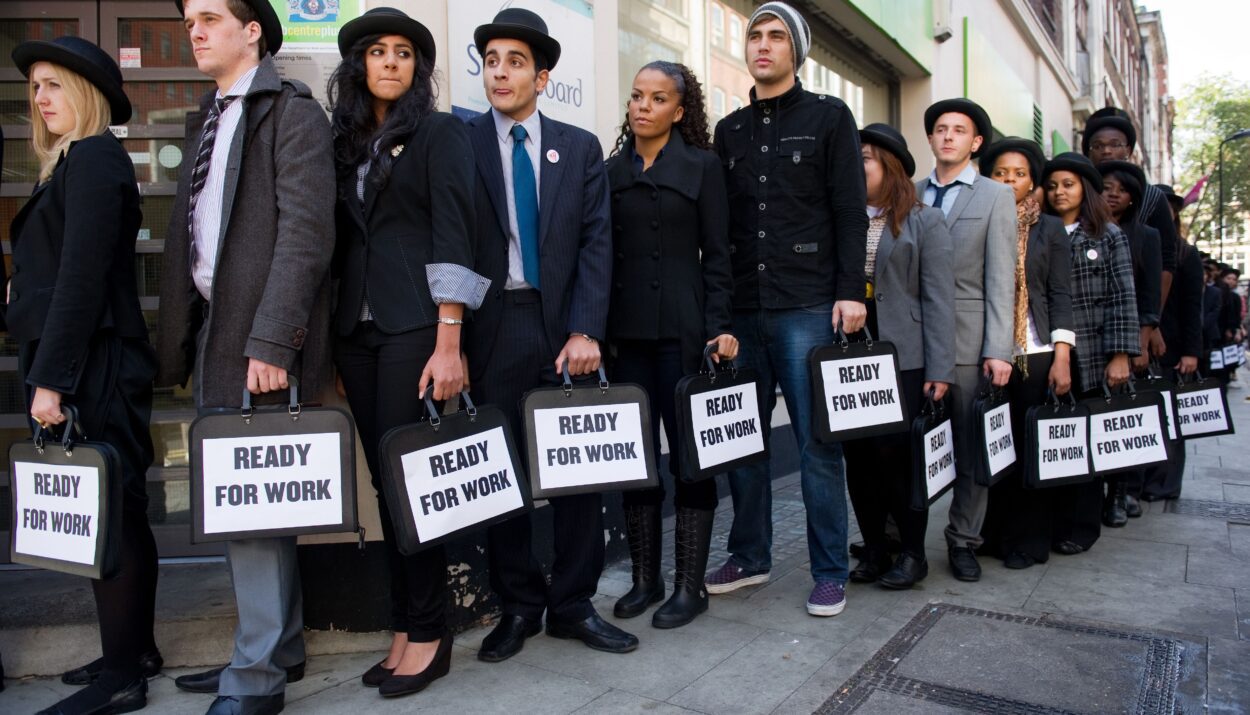Despite signs of economic growth and rising wages, underlying issues in Britain’s job market pose significant challenges. New data from the Office for National Statistics reveals that while pay is growing strongly and companies are hiring, unemployment is rising, and employment is falling. A record number of working-age adults are too sick to work, further straining public finances.
Next month’s general election winner will inherit these problems, as fewer people in work could weaken tax revenues and increase the benefits bill. Although average earnings have risen 6% in the past year, those in work have not fully recovered their spending power lost during the cost-of-living crisis.
Economic inactivity has surged, with nearly 780,000 more people aged 16-64 neither working nor looking for work since 2019. This includes a significant rise in long-term sickness. The number of people employed has decreased by 184,000 since 2019, and unemployment has risen by 168,000.
The shrinking workforce is concerning for economic growth, traditionally driven by employment. Tony Wilson of the Institute for Employment Studies emphasized that rising economic inactivity and stagnant job figures threaten economic and living standards.
Prime Minister Rishi Sunak pointed to GDP growth of 0.6% early this year as proof of his economic plan’s success, but the declining number of workers suggests this growth may be short-lived. While companies are still hiring, with over 900,000 job vacancies, the private sector has shed nearly half a million jobs in the past year, indicating economic weakness.
The expanding public sector, now at its largest since 2012, masks the true state of the economy. Increased public sector employment, particularly in the NHS, contrasts with private sector job losses across various industries.
While pay increases are outpacing inflation, the typical worker remains worse off than before the cost-of-living crisis. This undermines hopes for a spending-driven economic recovery. Addressing worklessness is crucial for sustained growth, but current government efforts have fallen short. The next administration will face the same challenge of tackling rising economic inactivity and its impact on public finances and economic stability.










